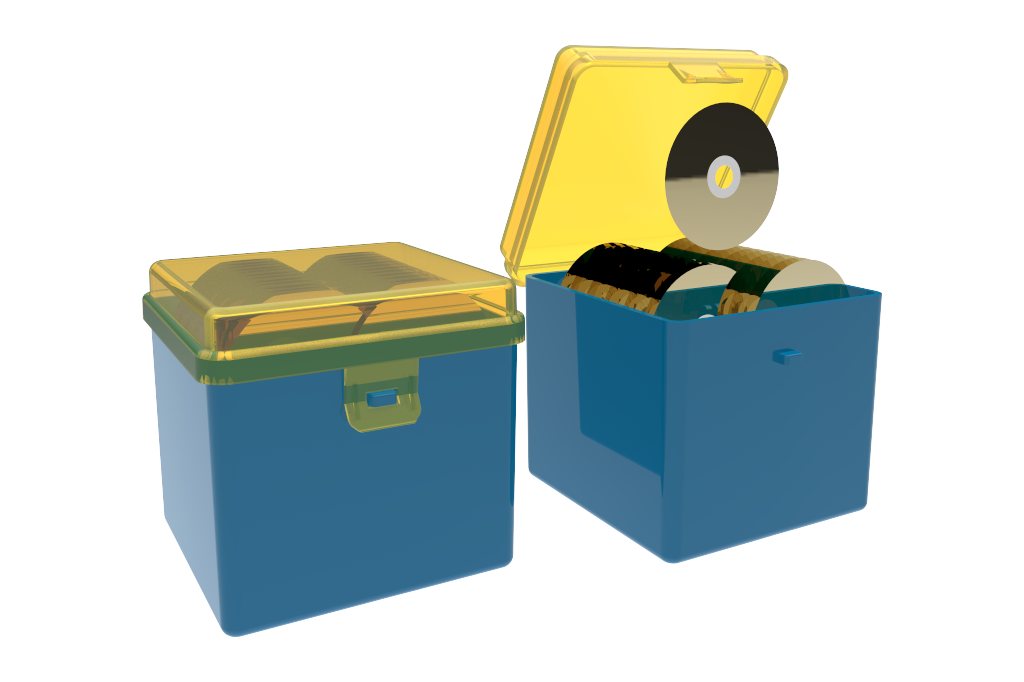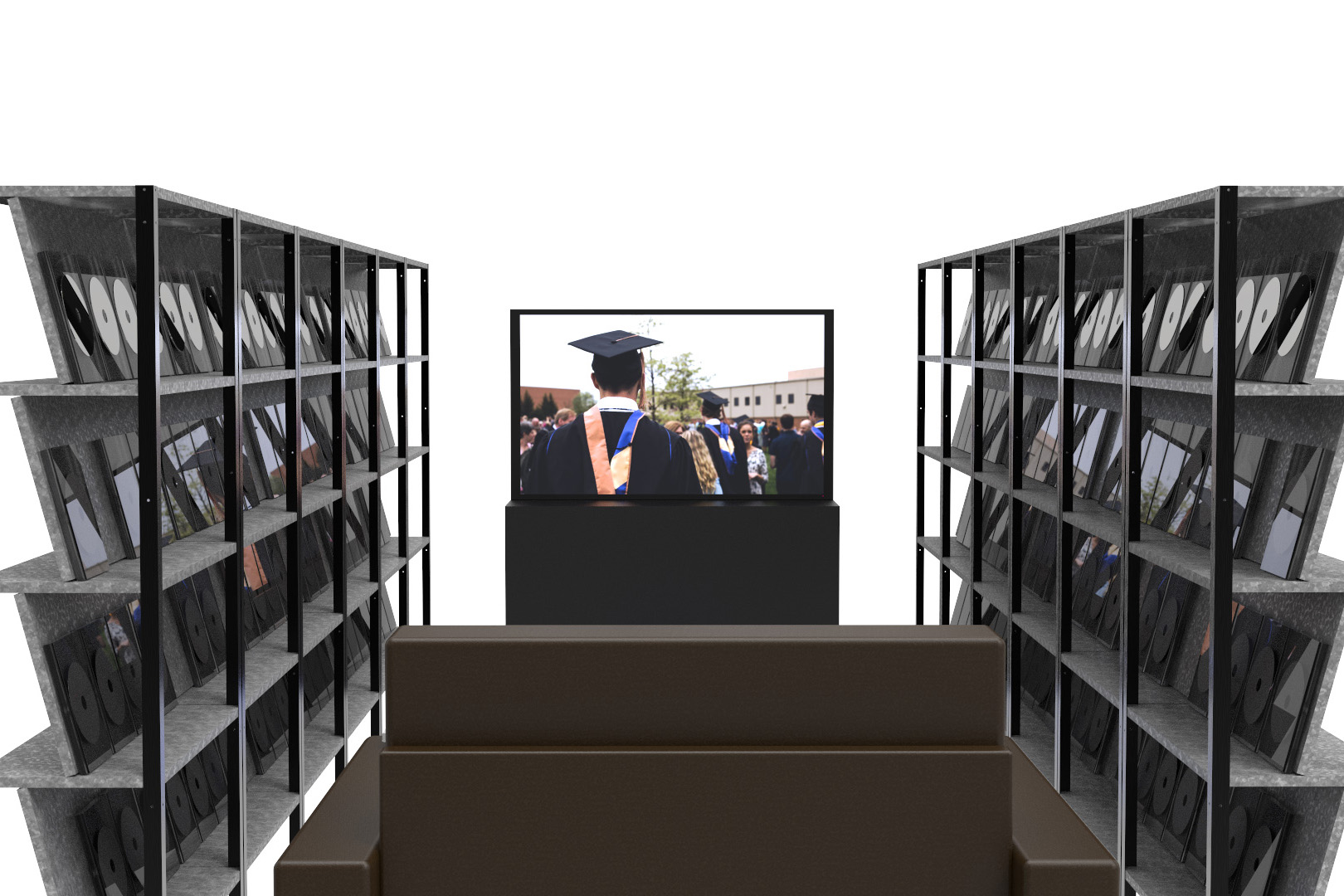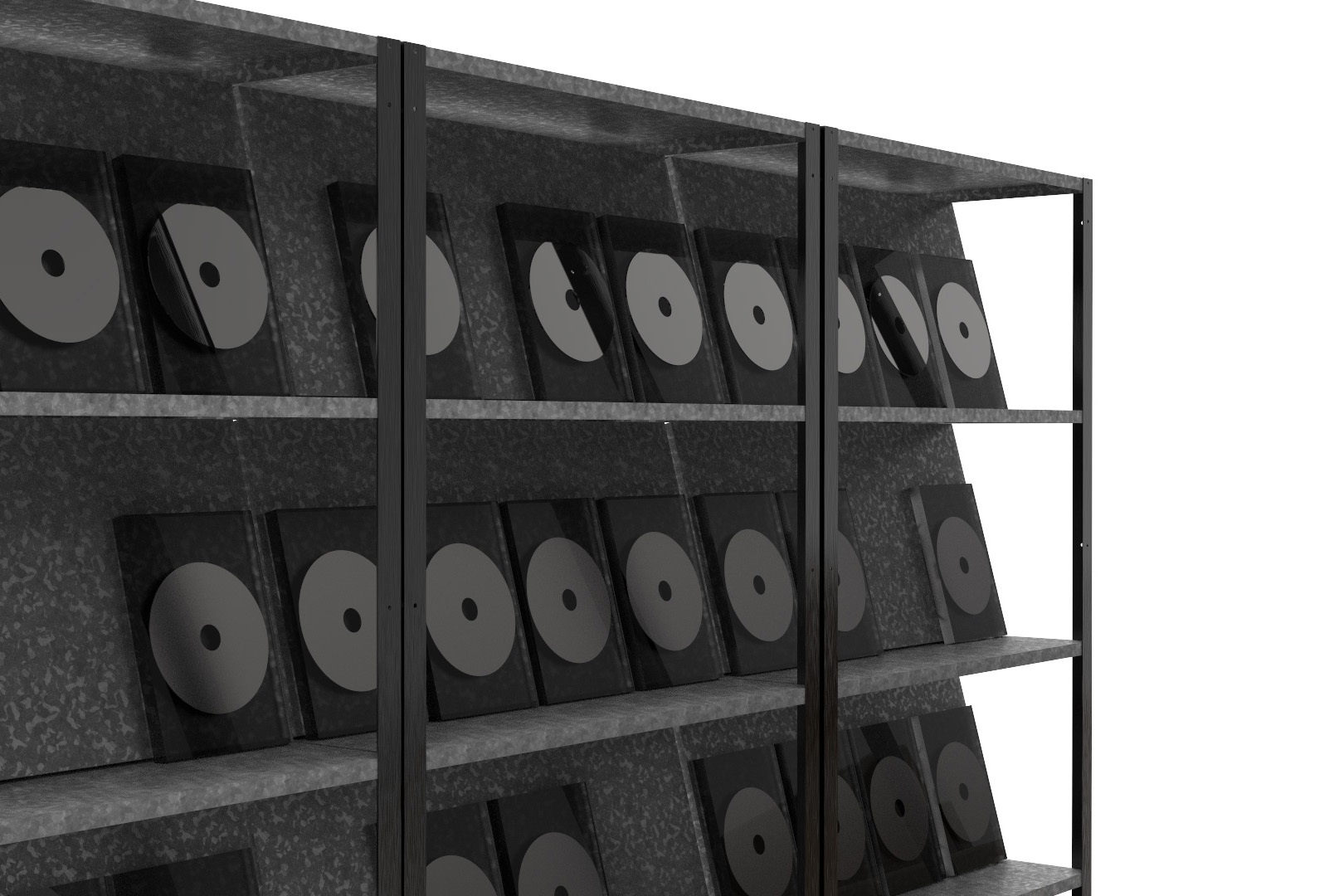The concept of the technological blackbox has been widely covered by Bruno Latour, even breaking into mainstream media. Furthermore, it has been deeply explored from technology-concerned creative initiatives such as the Critical Engineers to data-agency-promoting institutions like Mozilla Foundation, Tactical Tech, or Center for Humane Technology.
Despite successful attempts towards increasing individual and communal data literacy, a lot remains to be done. In order for the general public to catch up with the technological advancement and consciously demand personal data be recognised as a universal human right rather than a shady commodity of the few user-friendly creative approaches can become an effective tool in bringing about change.
We are proposing a series of deep hands-on workshops aimed at unblackboxing technologies and gaining greater insight into technological backends surrounding our everyday. The emerging outcomes will become a collaborative artwork by the participants.
In 2014, GCHQ British national security agency showed up at the offices of the Guardian newspaper, holding a warrant to destroy the personal computer belonging to the NSA whistleblower Edward Snowden, which Snowden had himself handed over to the journalists. In front of GCHQ agents, Guardian’s employees disassembled the laptop and smashed its hard drive, followed by every single hardware component being permanently damaged with the help of drills and sanding machines. The Guardian later referred to the ceremony as a rather pointless symbolic gesture, for they had warned GCHQ that copies of the data had been stored in multiple offshore depositories. A year later, the torn-apart Macbook Air was displayed at the V&A Museum in London as a symbolic conversation piece around surveillance.
‘Dissected Fragments’ is a series of workshops that will physically engage with our forgotten data leftovers. We will invite people to bring their old, unused personal devices, disassemble them, and recover pieces of data hidden under layers of hardware. Using DIY tools combined with data forensics techniques, participants will be able to retrieve and explore personal data and metadata, learning about physical components, their data storage capabilities and forensic data recovery methods as part of the process. Together we will learn what data is stored and where, and how it can be accessed, even on devices labelled as sealed, “bricked,” or beyond repair.

Our abandoned domestic technologies are not the only repositories of our personal data. Major social media networks such as Facebook are known to keep copies of old, at times fake, and even long-deleted profiles in a specially designed long-term storage facility. In Facebook’s case, dedicated “cold storage” data centers, like the one in Prineville, Oregon, use the widely obsolete Blu-Ray discs as a reliable media (due to their known life span, fair price and decent storage capacities) to keep by now decade-long backups of each an every user profile ever created.
Building on the direct metaphor of the hard copy of their digital selves, participants will be invited to back their retrieved data up on DVD-R read-only discs, ensuring the information will not become corrupted or be manipulated post-recovery.
We will ask the participants to “burn” an optional additional copy for the exhibition display, which will then become part of a special DVD disc collection available for public access in the gallery space. Finally, again with explicit consent, participants will be able to give away their torn apart devices, in which case they too will become part of the display.


